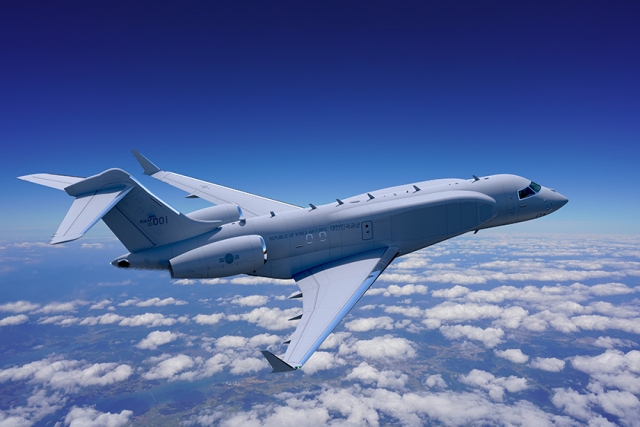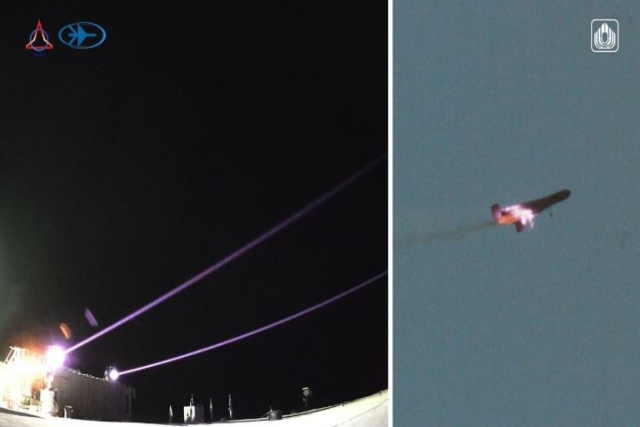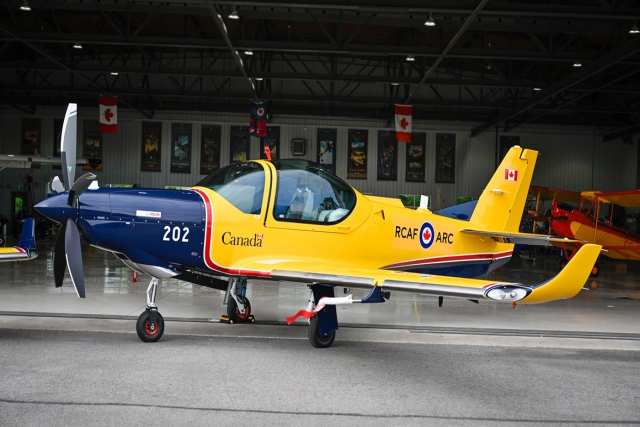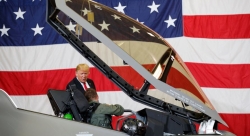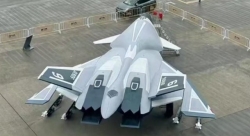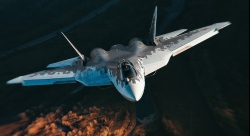Lockheed Martin Completes Miniature Hit-to-Kill Interceptor Flight Test
Lockheed Martin's Extended Area Protection and Survivability (EAPS) program successfully conducted the first Guided Test Flight to characterize the seeker, guidance, navigation and control systems of its Miniature Hit-to-Kill (MHTK) interceptor.
The very small and agile interceptor is designed to defeat Rocket, Artillery and Mortar (RAM) targets at ranges greatly exceeding those of current systems.
The test was conducted on March 22 at White Sands Missile Range, N.M., in collaboration with the U.S. Army Research Development & Engineering Command/Aviation Missile Research Development & Engineering Center (RDECOM/AMRDEC).
The test closely replicated a tactical situation in which an enemy launches a mortar at an area protected by the MHTK intercept system. A radar successfully detected and tracked the threat in flight. The tactically configured MHTK interceptor launched vertically and flew a trajectory positioning it to detect energy from a ground illuminator reflected off the mortar target.
Responding to the reflected energy, the MHTK interceptor maneuvered to fly very close to the target and gather data through its seeker as it passed the mortar in flight. Intercepting the target was not an objective of this flight test.
Loretta Painter, AMRDEC EAPS Program Director, said, "This guided flight represents progress for the program. The data collected is an important step toward our goal of providing improved indirect fire protection capability. We are very pleased with the initial review of the test data and this data will be extremely valuable in reducing risks and making necessary improvements prior to the next flight."
"We continue to successfully demonstrate the MHTK intercept capability with our EAPS solution," said Mike Trotsky, vice president of Air & Missile Defense at Lockheed Martin Missiles and Fire Control. "We are confident the system will play a crucial role in the affordable and effective protection of our forces in the future."


